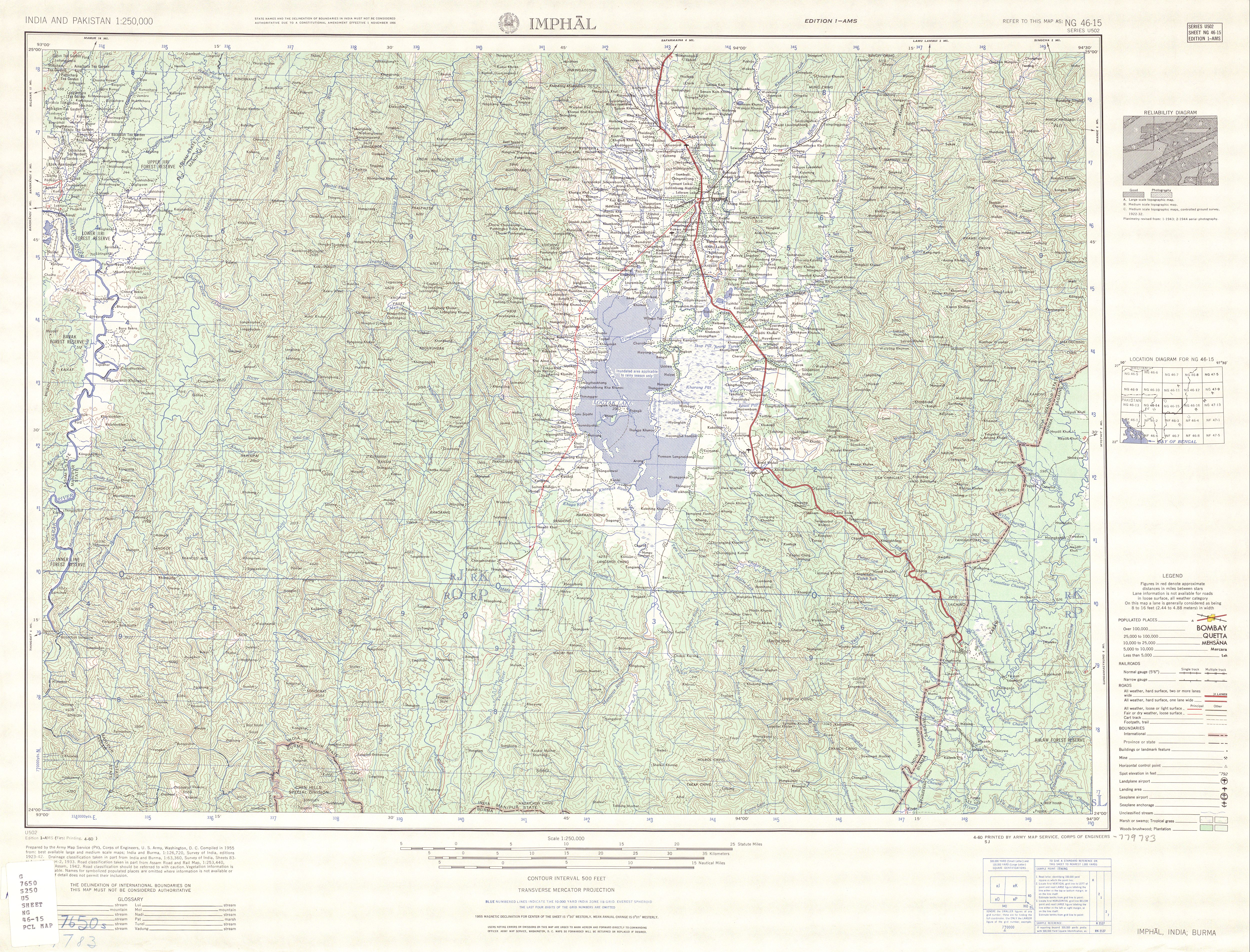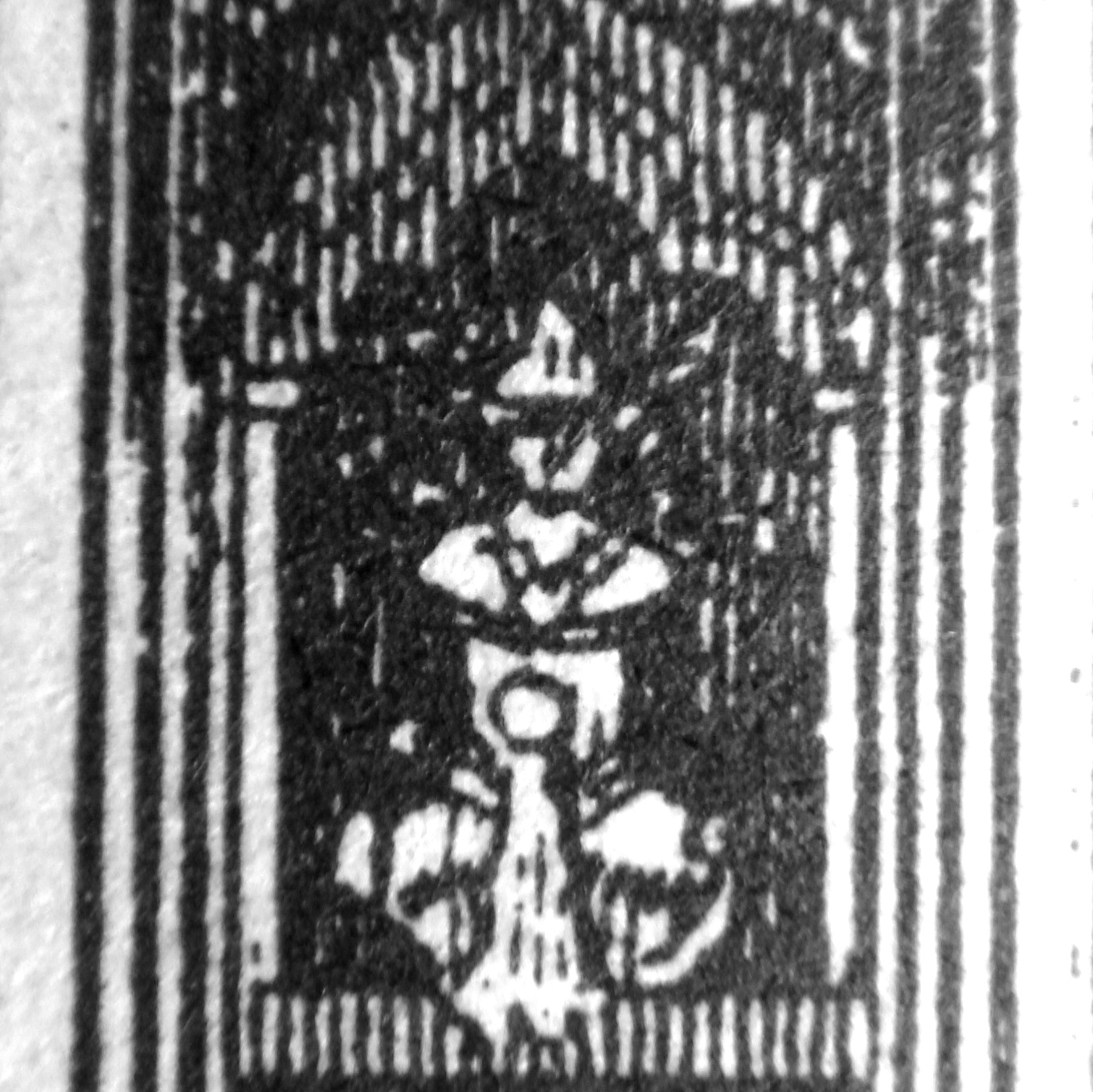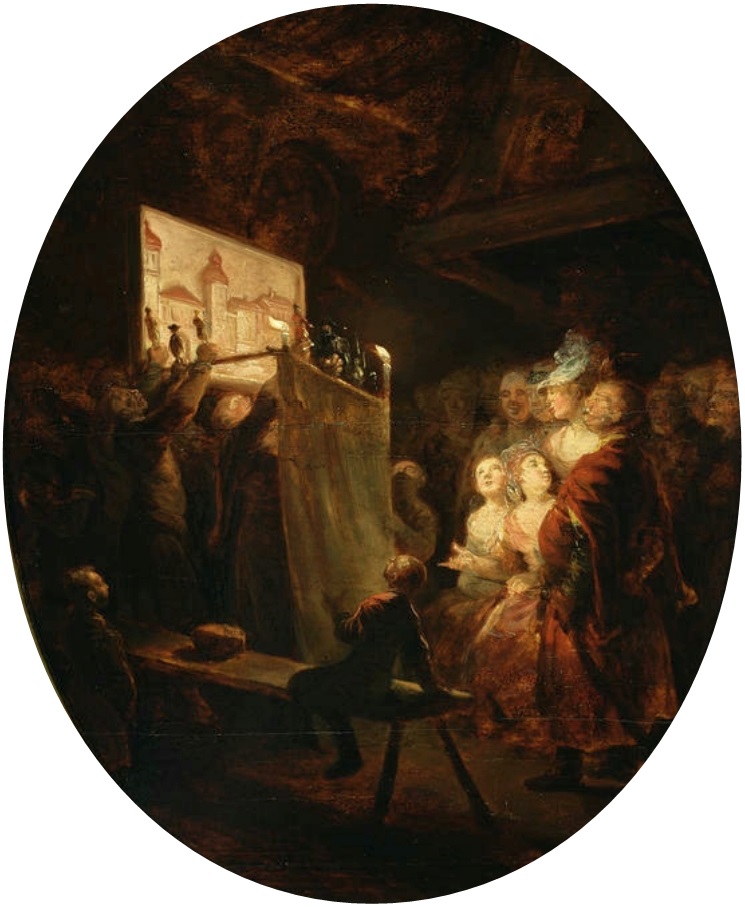|
Myawaddy Mingyi U Sa
Myawaddy Mingyi U Sa ( my, မြဝတီမင်းကြီး ဦးစ, ; 28 October 1766 – 6 August 1853) was a Konbaung-era Burmese poet, composer, playwright, general and statesman. In a royal service career that spanned over six decades, the Lord of Myawaddy served under four kings in various capacities, and was a longtime secretary to King Bagyidaw. Multi-talented Sa is best remembered for his innovative contributions to classical Burmese music and drama, as well as for his brilliant military service. Sa composed many songs in various styles drawn from different traditions, wrote several plays and dramas including translated works from Thai and Javanese dramas, and brought innovations to Burmese theater. He invented the 13-string Burmese harp and introduced marionette plays to the Ava court. Sa was also an able military commander who led King Bodawpaya's annexation of Manipur in 1813. As the commander of Arakan theater under Gen. Maha Bandula in the First Anglo-Bu ... [...More Info...] [...Related Items...] OR: [Wikipedia] [Google] [Baidu] |
Sagaing District
Sagaing District is an administrative district in southern Sagaing Division, Burma (Myanmar). The Permanent Committee of Geographic Names (PCGN), United Kingdom, from Its administrative center is the city of . Townships [...More Info...] [...Related Items...] OR: [Wikipedia] [Google] [Baidu] |
Composer
A composer is a person who writes music. The term is especially used to indicate composers of Western classical music, or those who are composers by occupation. Many composers are, or were, also skilled performers of music. Etymology and Definition The term is descended from Latin, ''compōnō''; literally "one who puts together". The earliest use of the term in a musical context given by the ''Oxford English Dictionary'' is from Thomas Morley's 1597 ''A Plain and Easy Introduction to Practical Music'', where he says "Some wil be good descanters ..and yet wil be but bad composers". 'Composer' is a loose term that generally refers to any person who writes music. More specifically, it is often used to denote people who are composers by occupation, or those who in the tradition of Western classical music. Writers of exclusively or primarily songs may be called composers, but since the 20th century the terms 'songwriter' or ' singer-songwriter' are more often used, particularl ... [...More Info...] [...Related Items...] OR: [Wikipedia] [Google] [Baidu] |
Pagan Min
Pagan Min ( my, ပုဂံမင်း, ; 21 June 1811 – 14 March 1880), was the ninth king of the Konbaung dynasty of Burma. Born Maung Biddhu Khyit, he was granted the title of Prince of Pagan by his father Tharrawaddy in August 1842. Pagan Min became king when Tharrawaddy died on 17 November 1846, with the formal title of His Majesty "Sri Pawara Vijaya Nanda Jatha Maha Dharma Rajadhiraja Pagan Min Taya-gyi". Pagan Min won the power struggle to succeed his father by having his rival brothers killed. His chief ministers Maung Baing Zat and Maung Bhein enriched themselves by executing rich subjects. The Second Anglo-Burmese War broke out during the reign of Pagan Min. In 1851 the governor of Pegu, Maung Ok, charged the captains of two British merchant ships with murder, embezzlement, and evasion of custom duties. He fined them 500 rupees, and required their debts be paid before being authorized to return to Kolkata. After receiving their complaints, Lord Dalhousie, the gove ... [...More Info...] [...Related Items...] OR: [Wikipedia] [Google] [Baidu] |
Tharrawaddy Min
Tharrawaddy Min ( my, သာယာဝတီမင်း, ; 14 March 1787 – 17 November 1846) was the 8th king of the Konbaung Dynasty of Burma. He repudiated the Treaty of Yandabo and almost went to war with the British Empire, British. Tharrawaddy was born Burmese name#Honorifics, Maung Khin to Crown Prince Thado Minsaw (son of King Bodawpaya) and Princess Min Kye on 14 March 1787. When his elder brother Bagyidaw ascended the throne in 1819, Tharrawaddy was appointed Heir Apparent. As crown prince, he fought in the First Anglo-Burmese War. In February 1837, he raised the standard of rebellion after escaping to Shwebo, the ancestral place of the Konbaung kings. Tharrawaddy succeeded in overthrowing Bagyidaw in April and was crowned king. Princess Min Myat Shwe, a granddaughter of Hsinbyushin, whom he married in 1809, was crowned as his chief queen (''Nanmadaw Mibaya Hkaungyi''). In 1841 King Tharrawaddy donated a 42-ton bell called the Maha Tissada Gandha Bell and of goldpl ... [...More Info...] [...Related Items...] OR: [Wikipedia] [Google] [Baidu] |
Kabaw Valley
The Kabaw Valley also known as Kubo valley is a highland valley in Myanmar's western Sagaing division, close to the border with India's Manipur. The valley is located between Heerok or Yoma ranges of mountains, which constitute the present day border of Manipur, and the Chindwin River (also called the Ningthi River). The valley is home to a number of ethnic groups including the Meitei (Kathe and Paona), the Maring tribe, the Thadou people, Kuki people, the Mizo, the Kadu and the Kanan. During the First Anglo-Burmese War, the Manipuri prince Gambhir Singh conquered the Kabaw valley from Burma. It remained under Manipur control for several years. But the Burmans were able to prove to the British Resident, Major Burney, that the valley had been ceded to Burma by the former Manipur King Marjit Singh in 1813. The British were persuaded to hand the valley back to Burma in 1834. The British compensated Manipur for the loss of territory by annual subsidy. Lai (Hakha) History Kaba ... [...More Info...] [...Related Items...] OR: [Wikipedia] [Google] [Baidu] |
Maha Bandula
General Maha Bandula ( my, မဟာဗန္ဓုလ ; 6 November 1782 – 1 April 1825) was commander-in-chief of the Royal Burmese Armed Forces from 1821 until his death in 1825 in the First Anglo-Burmese War. Bandula was a key figure in the Konbaung dynasty's policy of expansionism in Manipur and Assam that ultimately resulted in the war and the beginning of the downfall of the dynasty. Nonetheless, the general, who died in action, is celebrated as a national hero by the Burmese for his resistance to the British. Today, some of the most prominent places in the country are named after him. Early life Maha Bandula was born Burmese honorific, Maung Yit ( ) on 6 November 1782 (Wednesday, 2nd waxing of Tazaungmon 1144 ME) in Dabayin, the firstborn son of a minor gentry family of Pauk Taw () and his wife, Nyein (, as in "calm"; not the more common as in "finality/completed").Myint-U 2006: 112 He had three siblings: brother Aye (), sister Dok (), and brother Myat N ... [...More Info...] [...Related Items...] OR: [Wikipedia] [Google] [Baidu] |
Manipur
Manipur () ( mni, Kangleipak) is a state in Northeast India, with the city of Imphal as its capital. It is bounded by the Indian states of Nagaland to the north, Mizoram to the south and Assam to the west. It also borders two regions of Myanmar, Sagaing Region to the east and Chin State to the south. The state covers an area of . Manipur has been at the crossroads of Asian economic and cultural exchange for more than 2,500 years. It connects the Indian subcontinent and Central Asia to Southeast Asia, East Asia, Siberia, regions in the Arctic, Micronesia and Polynesia enabling migration of people, cultures and religions. During the days of the British Indian Empire, the Kingdom of Manipur was one of the princely states. Between 1917 and 1939, some people of Manipur pressed the princely rulers for democracy. By the late 1930s, the princely state of Manipur negotiated with the British administration its preference to continue to be part of the Indian Empire, rather than part of B ... [...More Info...] [...Related Items...] OR: [Wikipedia] [Google] [Baidu] |
Bodawpaya
Bodawpaya ( my, ဘိုးတော်ဘုရား, ; th, ปดุง; 11 March 1745 – 5 June 1819) was the sixth king of the Konbaung dynasty of Burma. Born Maung Shwe Waing and later Badon Min, he was the fourth son of Alaungpaya, founder of the dynasty and the Third Burmese Empire. He was proclaimed king after deposing his nephew Phaungkaza Maung Maung, son of his eldest brother Naungdawgyi, at Ava. Bodawpaya moved the royal capital back to Amarapura in 1782. He was titled Hsinbyumyashin (Lord of the White Elephants), although he became known to posterity as Bodawpaya (Grandsire) in relation to his successor, his grandson Bagyidaw (Royal Elder Uncle), who in turn was given this name in relation to his nephew Mindon Min. He fathered 70 sons and 67 daughters by about 54 consorts. Military expeditions Also known as Bodaw U Waing, he invaded Arakan in 1784 sending his royal armies led by his son, the Heir Apparent Thado Minsaw, across the Western Yoma range of mountain ... [...More Info...] [...Related Items...] OR: [Wikipedia] [Google] [Baidu] |
Marionette
A marionette (; french: marionnette, ) is a puppet controlled from above using wires or strings depending on regional variations. A marionette's puppeteer is called a marionettist. Marionettes are operated with the puppeteer hidden or revealed to an audience by using a vertical or horizontal control bar in different forms of theatres or entertainment venues. They have also been used in films and on television. The attachment of the strings varies according to its character or purpose. Etymology In French, ''marionette'' means "little Mary". In France, during the Middle Ages, string puppets were often used to depict biblical events, with the Virgin Mary being a popular character, hence the name. In France, the word ''marionette'' can refer to any kind of puppet, but elsewhere it typically refers only to string puppets. History Ancient times Puppetry is an ancient form of performance. Some historians claim that they predate actors in theatre. There is evidence that they we ... [...More Info...] [...Related Items...] OR: [Wikipedia] [Google] [Baidu] |
Saung
The ''saung'' ( Burmese: စောင်း, MLCTS caung: ; also known as the ''saung-gauk'' ( စောင်းကောက်), Burmese harp, Burma harp, or Myanmar harp), is an arched harp used in traditional Burmese music. The saung is regarded as a national musical instrument of Burma. The saung is unique in that it is a very ancient harp tradition and is said to be the only surviving harp in Asia. Etymology and terminology ''Saung'' ( စောင်း) is the Burmese word for "harp," and is etymologically derived from the Persian word chang, which is the Persian arched harp. The Burmese arched harp is more precisely called ''saung gauk'' (, ; ), while another indigenous lute is called ' () or ''saungbya'' (; ). The Burmese word ''saung'' has been borrowed into several regional languages, including mnw, စံၚ် (), and Chinese (), likely from Burmese ''saunggaukgyi'' (). Description The Burmese harp is classified as an arched horizontal harp since the r ... [...More Info...] [...Related Items...] OR: [Wikipedia] [Google] [Baidu] |
Javanese Language
Javanese (, , ; , Aksara Jawa: , Pegon: , IPA: ) is a Malayo-Polynesian language spoken by the Javanese people from the central and eastern parts of the island of Java, Indonesia. There are also pockets of Javanese speakers on the northern coast of western Java. It is the native language of more than 98 million people. Javanese is the largest of the Austronesian languages in number of native speakers. It has several regional dialects and a number of clearly distinct status styles. Its closest relatives are the neighboring languages such as Sundanese, Madurese, and Balinese. Most speakers of Javanese also speak Indonesian for official and commercial purposes as well as a means to communicate with non-Javanese-speaking Indonesians. There are speakers of Javanese in Malaysia (concentrated in the West Coast part of the states of Selangor and Johor) and Singapore. Javanese is also spoken by traditional immigrant communities of Javanese descent in Suriname, Sri Lanka an ... [...More Info...] [...Related Items...] OR: [Wikipedia] [Google] [Baidu] |







